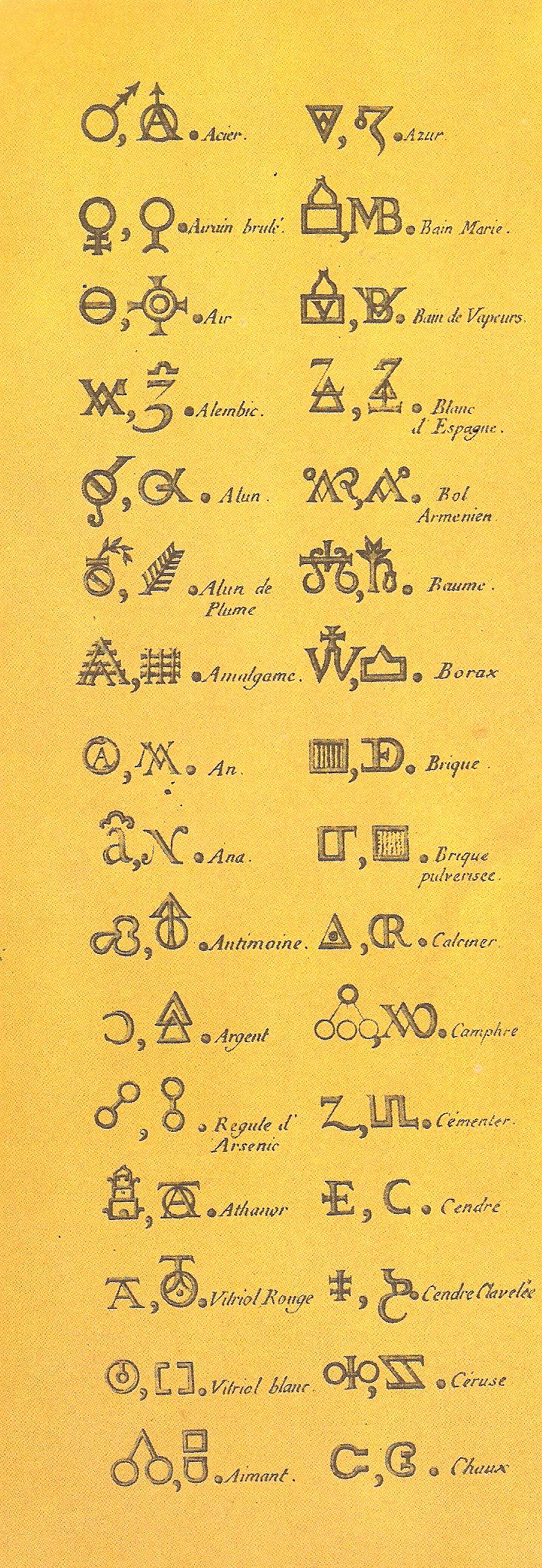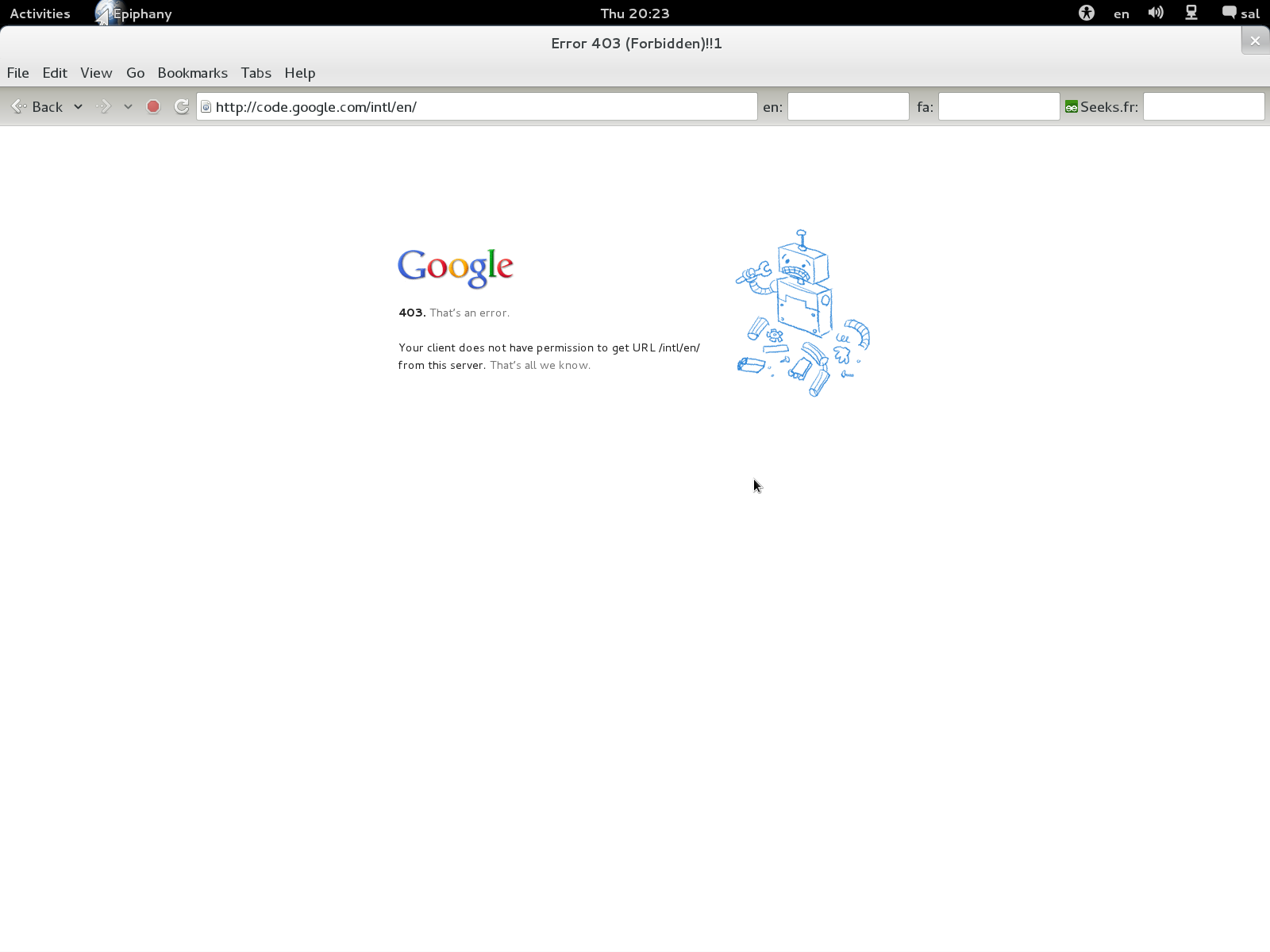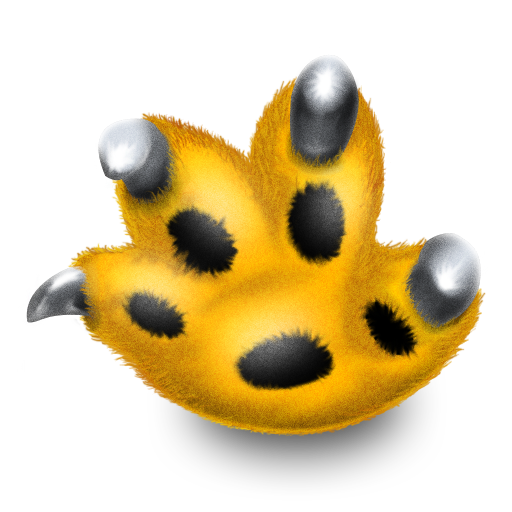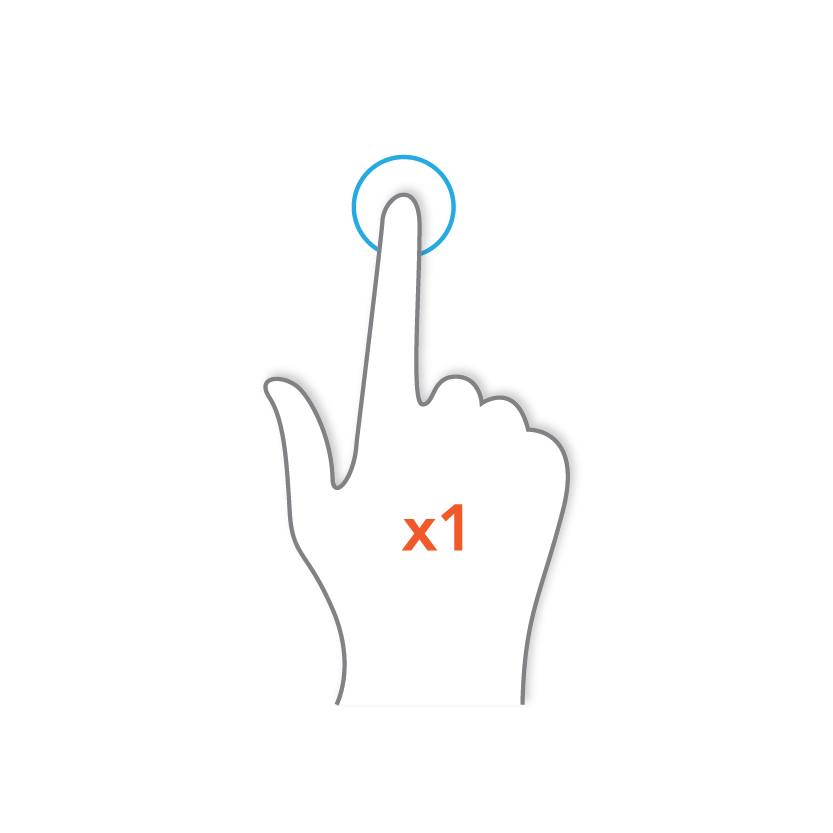|
Quicksilver (software)
Quicksilver is a utility software, utility app for macOS. Originally developed as proprietary freeware by Nicholas Jitkoff of Blacktree, Inc., it is now an Open-source software, open-source project hosted on GitHub. Quicksilver is essentially a graphical Shell (computing), shell for the macOS operating system, allowing users to use the keyboard to rapidly perform tasks such as launching other apps, manipulating computer file, files, or sending e-mail. It is similar to the macOS applications LaunchBar and Alfred (software), Alfred, but uses a different interaction paradigm. Because of its flexible interface and extensibility, Quicksilver has been called one of the top productivity applications on the Mac. Features Interface Invoked with a keyboard shortcut, Quicksilver has three panes, into which the user can enter an object, an action, and an optional attribute—analogous to creating a sentence with a subject, verb, and object. Quicksilver is a background application that runs w ... [...More Info...] [...Related Items...] OR: [Wikipedia] [Google] [Baidu] |
MacOS
macOS (; previously OS X and originally Mac OS X) is a Unix operating system developed and marketed by Apple Inc. since 2001. It is the primary operating system for Apple's Mac computers. Within the market of desktop and laptop computers it is the second most widely used desktop OS, after Microsoft Windows and ahead of ChromeOS. macOS succeeded the classic Mac OS, a Mac operating system with nine releases from 1984 to 1999. During this time, Apple cofounder Steve Jobs had left Apple and started another company, NeXT, developing the NeXTSTEP platform that would later be acquired by Apple to form the basis of macOS. The first desktop version, Mac OS X 10.0, was released in March 2001, with its first update, 10.1, arriving later that year. All releases from Mac OS X 10.5 Leopard and after are UNIX 03 certified, with an exception for OS X 10.7 Lion. Apple's other operating systems (iOS, iPadOS, watchOS, tvOS, audioOS) are derivatives of macOS. A promi ... [...More Info...] [...Related Items...] OR: [Wikipedia] [Google] [Baidu] |
Plug-in (computing)
In computing, a plug-in (or plugin, add-in, addin, add-on, or addon) is a software component that adds a specific feature to an existing computer program. When a program supports plug-ins, it enables customization. A theme or skin is a preset package containing additional or changed graphical appearance details, achieved by the use of a graphical user interface (GUI) that can be applied to specific software and websites to suit the purpose, topic, or tastes of different users to customize the look and feel of a piece of computer software or an operating system front-end GUI (and window managers). Purpose and examples Applications may support plug-ins to: * enable third-party developers to extend an application * support easily adding new features * reduce the size of an application by not loading unused features * separate source code from an application because of incompatible software licenses. Types of applications and why they use plug-ins: * Digital audio workstation ... [...More Info...] [...Related Items...] OR: [Wikipedia] [Google] [Baidu] |
Mercury (element)
Mercury is a chemical element with the symbol Hg and atomic number 80. It is also known as quicksilver and was formerly named hydrargyrum ( ) from the Greek words, ''hydor'' (water) and ''argyros'' (silver). A heavy, silvery d-block A block of the periodic table is a set of elements unified by the atomic orbitals their valence electrons or vacancies lie in. The term appears to have been first used by Charles Janet. Each block is named after its characteristic orbital: s-blo ... element, mercury is the only metallic element that is known to be liquid at standard temperature and pressure; the only other element that is liquid under these conditions is the halogen bromine, though metals such as caesium, gallium, and rubidium melt just above room temperature. Mercury occurs in deposits throughout the world mostly as cinnabar (mercuric sulfide). The red pigment vermilion is obtained by Mill (grinding), grinding natural cinnabar or synthetic mercuric sulfide. Mercury is used in ... [...More Info...] [...Related Items...] OR: [Wikipedia] [Google] [Baidu] |
Alchemical Symbol
Alchemical symbols, originally devised as part of alchemy, were used to denote some elements and some compounds until the 18th century. Although notation like this was mostly standardized, style and symbol varied between alchemists, so this page mainly lists the most common ones. Three primes According to Paracelsus (1493–1541), the three primes or ''tria prima'' – of which material substances are immediately composed – are: * Sulfur or soul, the principle of combustibility: 🜍 () * Mercury or spirit, the principle of fusibility and volatility: ☿ () * Salt or body, the principle of non-combustibility and non-volatility: 🜔 () Four basic elements Western alchemy makes use of the four classical elements. The symbols used for these are: * Air 🜁 () * Earth 🜃 () * Fire 🜂 () * Water 🜄 () Seven The seven metals known since Classical times in Europe were associated with the seven classical planets; this figured heavily in alchemical symbolism. The exact ... [...More Info...] [...Related Items...] OR: [Wikipedia] [Google] [Baidu] |
Icon (computer)
In computing, an icon is a pictogram or ideogram displayed on a computer screen in order to help the user navigate a computer system. The icon itself is a quickly comprehensible symbol of a software tool, function, or a data file, accessible on the system and is more like a traffic sign than a detailed illustration of the actual entity it represents. It can serve as an electronic hyperlink or file shortcut to access the program or data. The user can activate an icon using a mouse, pointer, finger, or recently voice commands. Their placement on the screen, also in relation to other icons, may provide further information to the user about their usage. In activating an icon, the user can move directly into and out of the identified function without knowing anything further about the location or requirements of the file or code. Icons as parts of the graphical user interface of the computer system, in conjunction with windows, menus and a pointing device (mouse), belong to the much ... [...More Info...] [...Related Items...] OR: [Wikipedia] [Google] [Baidu] |
Google Code
Google Developers (previously Google Code) , application programming interfaces (APIs), and technical resources. The site contains documentation on using Google developer tools and APIs—including discussion groups and blogs for developers using Google's developer products. There are APIs offered for almost all of Google's popular consumer products, like Google Maps, YouTube, Google Apps, and others. The site also features a variety of developer products and tools built specifically for developers. Google App Engine is a hosting service for web apps. Project Hosting gives users version control for open source code. Google Web Toolkit (GWT) allows developers to create Ajax applications in the Java programming language.(All languages) The site contains reference information for community based developer products that Google is involved with like Android from the Open Handset Alliance and OpenSocial from the OpenSocial Foundation. Google APIs Google offers a variety of APIs ... [...More Info...] [...Related Items...] OR: [Wikipedia] [Google] [Baidu] |
Internet Forum
An Internet forum, or message board, is an online discussion site where people can hold conversations in the form of posted messages. They differ from chat rooms in that messages are often longer than one line of text, and are at least temporarily archived. Also, depending on the access level of a user or the forum set-up, a posted message might need to be approved by a moderator before it becomes publicly visible. Forums have a specific set of jargon associated with them; example: a single conversation is called a " thread", or ''topic''. A discussion forum is hierarchical or tree-like in structure: a forum can contain a number of subforums, each of which may have several topics. Within a forum's topic, each new discussion started is called a thread and can be replied to by as many people as so wish. Depending on the forum's settings, users can be anonymous or have to register with the forum and then subsequently log in to post messages. On most forums, users do not have to l ... [...More Info...] [...Related Items...] OR: [Wikipedia] [Google] [Baidu] |
Application Kit
AppKit (formally Application Kit) is a graphical user interface toolkit. It initially served as the UI framework for NeXTSTEP. Along with Foundation and Display PostScript, it became one of the core parts of the OpenStep specification of APIs. Later, AppKit and Foundation became part of Cocoa, the Objective-C API framework of macOS. GNUstep, GNU's implementation of the OpenStep/Cocoa API, also contains an implementation of the AppKit API. AppKit comprises a collection of Objective-C classes and protocols that can be used to build an application in OpenStep/Cocoa. These classes can also be used in Swift through its Objective-C bridge. Xcode has built-in functionality for developing a Cocoa application using AppKit, including the ability to visually design user interfaces with Interface Builder. It relies heavily on patterns like reference types, delegation, notifications, target–action, and model–view–controller. A sign of the NeXTSTEP heritage, AppKit's classes and prot ... [...More Info...] [...Related Items...] OR: [Wikipedia] [Google] [Baidu] |
Trunk (software)
Branching, in version control and software configuration management, is the duplication of an object under version control (such as a source code file or a directory tree). Each object can thereafter be modified separately and in parallel so that the objects become different. In this context the objects are called branches. The users of the version control system can branch any branch. Branches are also known as ''trees'', ''streams'' or ''codelines''. The originating branch is sometimes called the ''parent branch'', the ''upstream branch'' (or simply ''upstream'', especially if the branches are maintained by different organizations or individuals), or the ''backing stream''. ''Child branches'' are branches that have a parent; a branch without a parent is referred to as the trunk or the ''mainline''. The trunk is also sometimes loosely referred to as HEAD, but properly head refers not to a branch, but to the most recent commit on a given branch, and both the trunk and each named b ... [...More Info...] [...Related Items...] OR: [Wikipedia] [Google] [Baidu] |
Growl (software)
Growl is a deprecated global notification system and pop-up notification implementation for the Mac OS X and Windows operating systems. Applications can use Growl to display small notifications about events which may be important to the user. This software allows users to fully control their notifications, while allowing application developers to spend less time creating notifications and Growl developers to concentrate on the usability of notifications. Growl can be used in conjunction with Apple's Notification Center that is included in Mac OS X 10.8 (Mountain Lion) and higher. Details Growl is installed as a preference pane added to the Mac OS X System Preferences. This pane may be used to enable and disable Growl's notifications for specific applications or specific notifications for each application. Each notification provides some information, such as "Download Finished" or the name of the current iTunes track. The software comes with multiple display plugins, providing ... [...More Info...] [...Related Items...] OR: [Wikipedia] [Google] [Baidu] |
Mouse Gestures
In computing, a pointing device gesture or mouse gesture (or simply gesture) is a way of combining pointing device or finger movements and clicks that the software recognizes as a specific computer event and responds to accordingly. They can be useful for people who have difficulties typing on a keyboard. For example, in a web browser, a user can navigate to the previously viewed page by pressing the right pointing device button, moving the pointing device briefly to the left, then releasing the button. History The first pointing device gesture, the " drag", was introduced by Apple to replace a dedicated "move" button on mice shipped with its Macintosh and Lisa computers. Dragging involves holding down a pointing device button while moving the pointing device; the software interprets this as an action distinct from separate clicking and moving behaviors. Unlike most pointing device gestures, it does not involve the tracing of any particular shape. Although the "drag" behavior ... [...More Info...] [...Related Items...] OR: [Wikipedia] [Google] [Baidu] |
ITunes
iTunes () is a software program that acts as a media player, media library, mobile device management utility, and the client app for the iTunes Store. Developed by Apple Inc., it is used to purchase, play, download, and organize digital multimedia, on personal computers running the macOS and Windows operating systems, and can be used to rip songs from CDs, as well as play content with the use of dynamic, smart playlists. Options for sound optimizations exist, as well as ways to wirelessly share the iTunes library. Originally announced by Apple CEO Steve Jobs on January 9, 2001, iTunes' original and main focus was music, with a library offering organization and storage of Mac users' music collections. With the 2003 addition of the iTunes Store for purchasing and downloading digital music, and a version of the program for Windows, it became a ubiquitous tool for managing music and configuring other features on Apple's line of iPod media players, which extended to the iPh ... [...More Info...] [...Related Items...] OR: [Wikipedia] [Google] [Baidu] |





